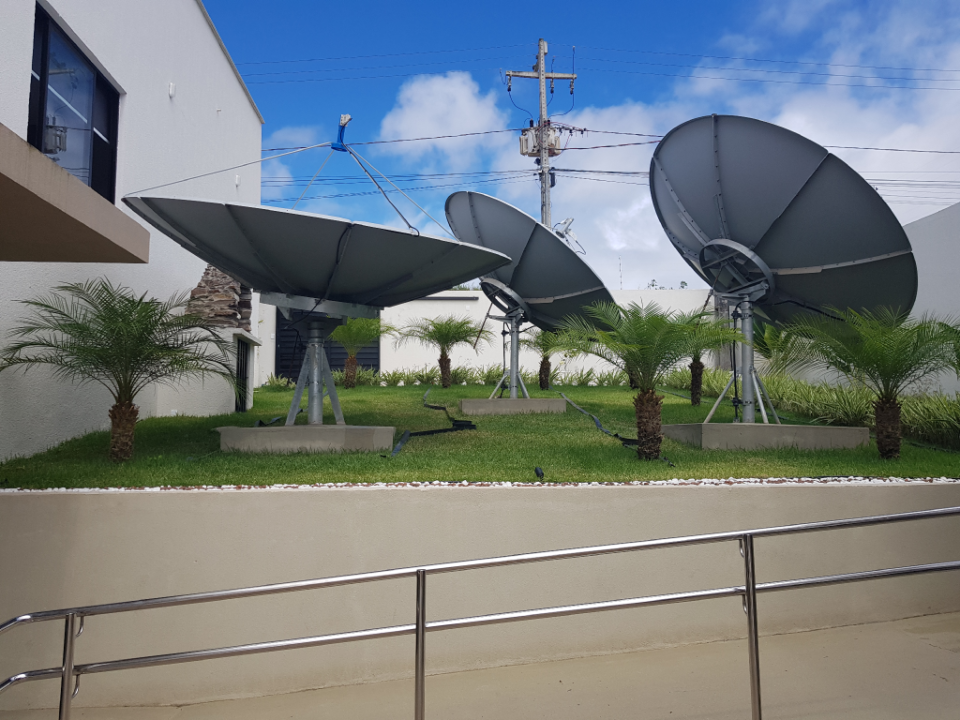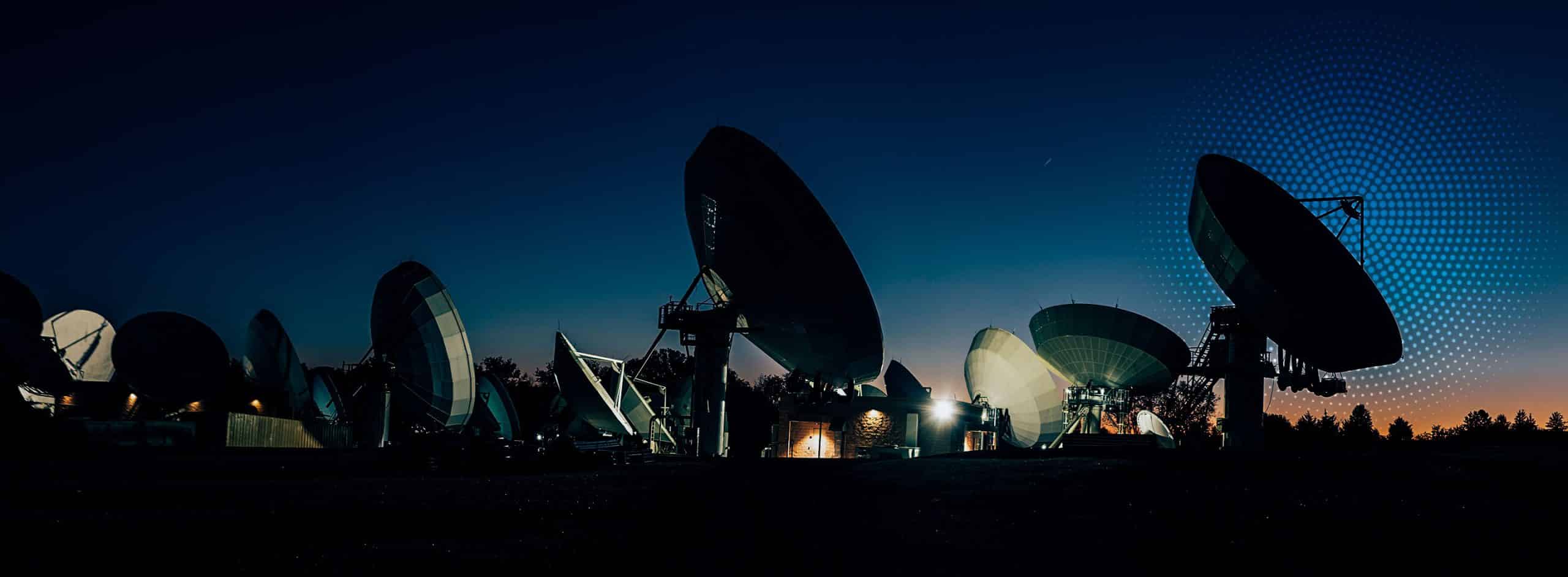Our Commitment to the Future of C-band
Next generation mobile networks require more throughput and more spectrum
As mobile networks evolve to 5G, demand for higher throughput and reliability is increasing. Regulators are seeking ways to bridge the reach and reliability of lower bands with the higher throughput of upper bands. Falling in the “mid-band” category, C-band frequencies (3.4 – 4.2 GHz) are seen as an attractive solution.
What does this mean for C-band?
Satellite operators have been using C-band, typically above 3.6 GHz, to provide essential services for more than 50 years. Reallocating portions of this spectrum for 5G use can present challenges to multiple FSS customer sets. Because C-band offers high availability and resilience to weather interference, it is ideal for:
- Broadcasting
- Air Navigation
- Meteorology
- Emergency Response
- Mobile Backhaul
- Mission Critical VSAT
Most C-band antennas are unregistered leading to false perceptions of unused capacity
Because these networks tend to be “receive-only,” regulators in many parts of the world do not require that C-band antennas be individually licensed or registered. This lack of registration can lead some to erroneously conclude that C-band capacity is unused or underutilized.
BOTTOM LINE: Reallocation of C-band FSS frequencies for 5G use must be carefully done to avoid negative impacts to incumbent FSS users, which can affect critical infrastructure as well as national economies.








